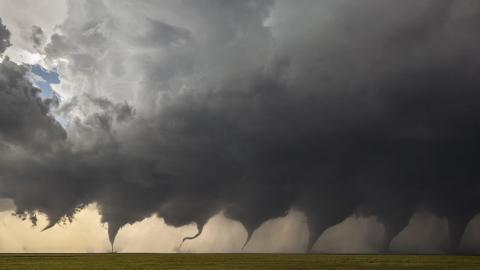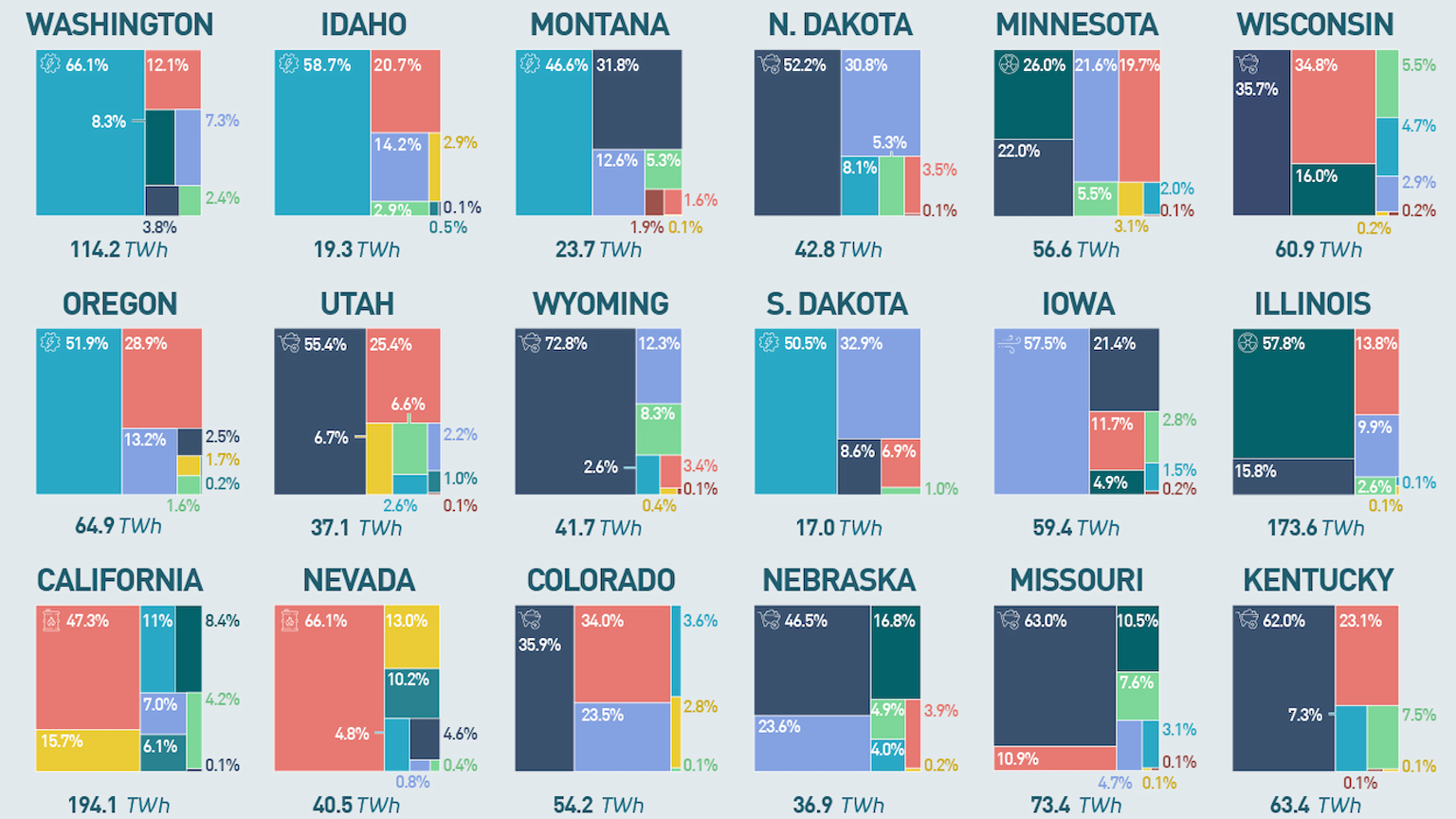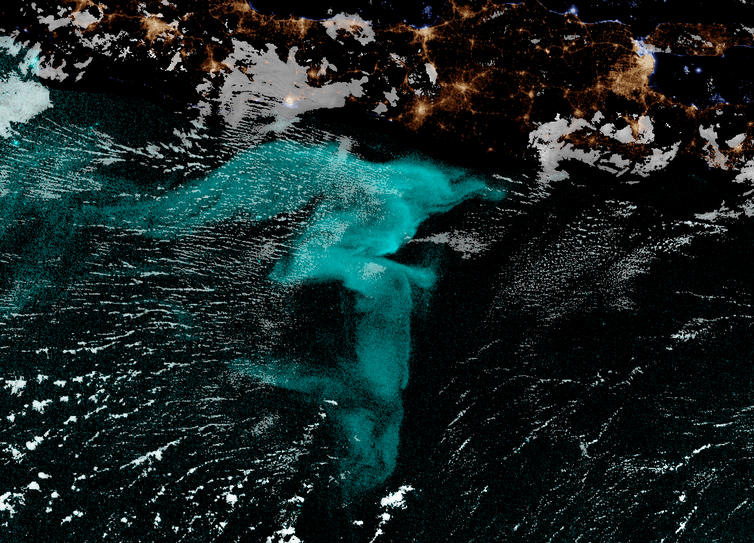Tornado detection: bringing Stone Age tech into the 21st century

By JasonWeingart - Own work, CC BY-SA 4.0, https://commons.wikimedia.org/w/index.php?curid=64479205
- Tornado detection still relies heavily on human spotters calling in when they see a tornado.
- As a result, people often only have a few minutes to find shelter.
- A new method of listening for tornadoes provides fewer false positives and may give earlier warning.
Meteorology has advanced significantly in recent decades. The weatherman is surprisingly good at telling you what will happen in the coming hours, and the forecasts are pretty accurate for about 24-48 hours. But one thing that has remained in the Stone Age is tornado detection, which still relies on human “spotters,” who call in to a station after a funnel cloud is seen.
This system leaves much to be desired, which is why a team of physicists are working to use technology initially designed to detect nuclear weapons tests to hear oncoming tornadoes, instead.
It’s a twister! It’s a twister!
Right now, the best that technology can do in regard to tornado detection is to predict which storms are likely to produce tornadoes. Doppler radar systems can detect tornadic vortex signatures from great distances, but they cannot quite tell if a tornado is about to form or if one is going to be created by that particular storm at all.
Because of this deficiency, trained storm spotters (not to be confused withstorm chasers!) have to call the proper authorities at the sight of a funnel touching the ground. False alarms are common. Only about 30 percent of visual confirmations are accurate. This has created a false sense of complacency among people who live in Tornado Alley.
Tornadoes are ferocious beasts. In the U.S., they cause nearly half a billion dollars in damage and kill about 70 people each year, in part because people have only a few minutes to find shelter after one is spotted. Not only could a better system save lives, it could decrease the rate of false alarms.
Enter researchers from the University of Mississippi’s National Center for Physical Acoustics. None of them are meteorologists. Instead, these physicists have demonstrated that they can detect tornadoes using sound rather than sight. Lead by Dr. Roger Waxler, the team specializes in detecting extremely low tones, known as “infrasound,” which are too low for humans to hear as they move through the atmosphere.
Many things — lightning, elephants, and the aurora borealis — produce infrasound. With the right equipment, these inaudible sounds can be detected. The tools used by Dr. Waxler and his team were initially designed to detect nuclear blasts, which served to identify scofflaw nations that had tested a bomb. The technology is so sensitive that it can detect an atomic blast from 6000 km (3728 mi) away.
Though powerful, the tech is fairly simple, consisting of a sensor, a solar power supply, batteries, and record-keepingequipment. The gadgets are covered by a small shield to protect them from picking up too much wind noise. When conditions are ideal, the arrays can pick up the sound of a tornado from 100 km (60 mi) out. The sensors were then tested in Oklahoma, and Dr. Waxler’s team found that the signals were “spot on” with no false positives.
The future of tornado detection
While the technology has only been used in retrospective reviews of storms thus far, it is extremely promising. The sensors do not have to be actively monitored, so they can be fully automated to operate 24/7. The tech may help answer enduring questions about tornadoes. For instance, exactly how they produce these sounds remains unknown, though there are a few ideas floatingaround.
As Dr. Waxler explained to Freethink, this could lead to even more accurate detection as our understanding improves:
“If there was a signal produced when the vortex forms — which we could pick up, and if it actually has a different characteristic when it actually hits the ground — that would be ideal.”
If such a signal is found, people could have more time to find shelter. Given that tornadoes often move at speeds of 100 km (60 mi) per hour, every second counts.





